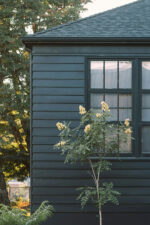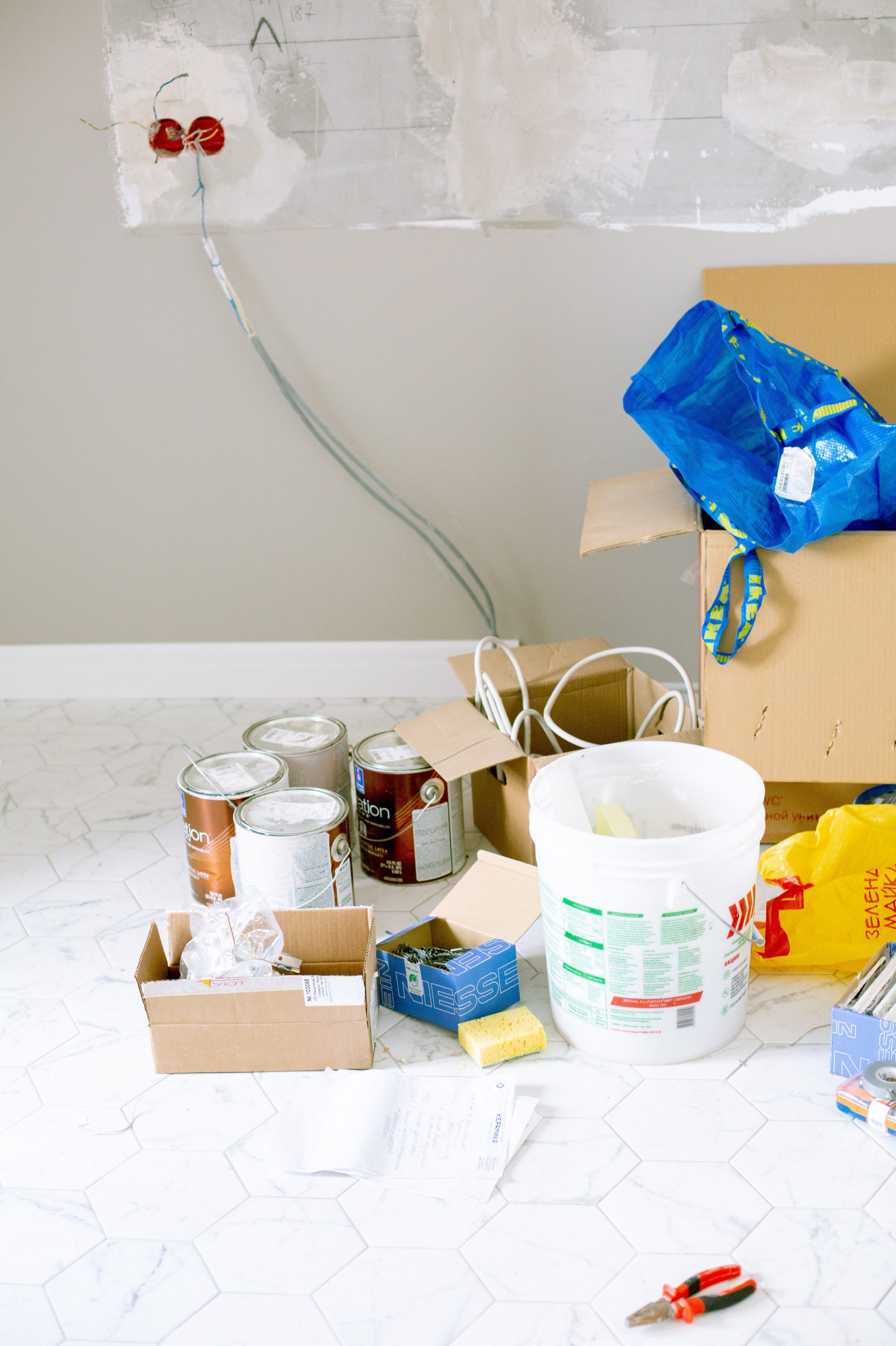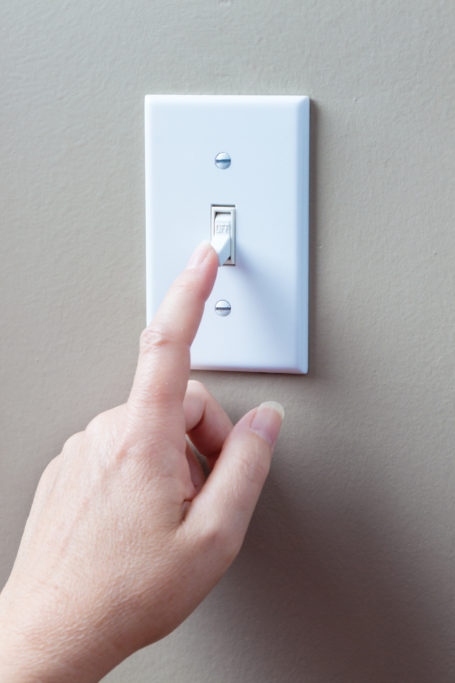The Dangers of Deferred Maintenance
We all have those little nagging items on our “honey-do” lists that we find ourselves putting off to another day. Maybe it’s a squeaky door, a loose floorboard, or some peeling paint around a window or door frame. You’ll get to it someday, right? Well, it may be time to take a tour of your property and identify your deferred maintenance items, then get serious about checking off the items on that list. That’s because a little deferred maintenance can add up to a major repair bill if it goes on too long.
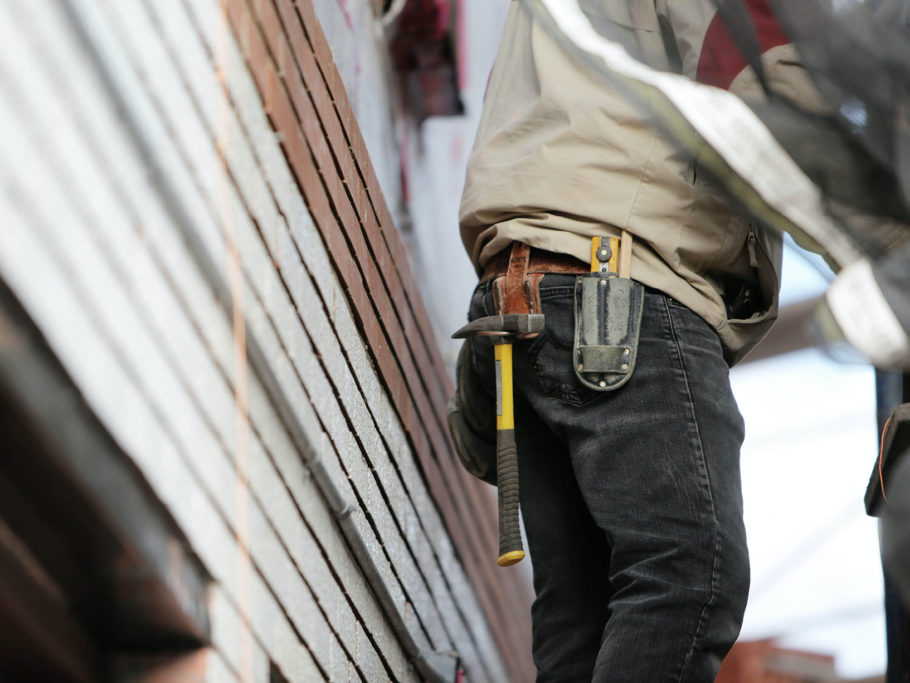
How does deferred maintenance impact your home’s value?
Left too long, deferred maintenance can affect your home’s value in a variety of ways, including the following:
Increased damage: A little bit of peeling paint turns into wood rot and a hefty repair bill. A little leak under the sink seeps into the subflooring and turns into a major floor replacement. When you put off the little things too long, they turn into big things that cost far more in both money and time than the original repair.
Increased operating costs: When you don’t clean the dust from under and around the refrigerator, it has to work harder to cool your groceries. When you don’t change your HVAC filter, it has to work harder to heat and cool the house. Failing to take care of your appliances on a regular basis means that they are less efficient. That costs you more in energy, repairs, and earlier replacement costs.
Lower resale value: At the same time that you are letting the little things pile up, your neighbor is taking care of his or her property, making repairs, updates, and upgrades on a regular basis, and increasing their overall property value. Deferred maintenance can mean that when it’s time to sell, your home will command a lower net sale price. First, this is because it will compare unfavorably to your neighbor’s home. Second, it’s because of all of the repairs your buyer’s home inspector will identify.
Create a home maintenance checklist
One of the best ways to ensure that nothing falls through the cracks is by creating a home maintenance checklist. You may want to organize your maintenance tasks by the month or by the season. You may want to do one or two things each week or block out one weekend each quarter to take care of everything.
However you choose to organize your maintenance, you’ll be more likely to complete it if you make it convenient for yourself. Pre-order filters so that you’ll have them on hand. Put together a basic toolkit so that you don’t have to run out to the store every time you need to make a minor repair.
Not very handy? Consider booking a reliable handyman to come in on a regular basis or to show you how to do some basic tasks. In addition, the internet is full of tutorials for every possible home repair and improvement.
What follows are some ideas for basic maintenance that you might want to complete on a weekly, monthly, seasonal, and yearly basis. This is by no means an exhaustive list, but it is enough to get you started.
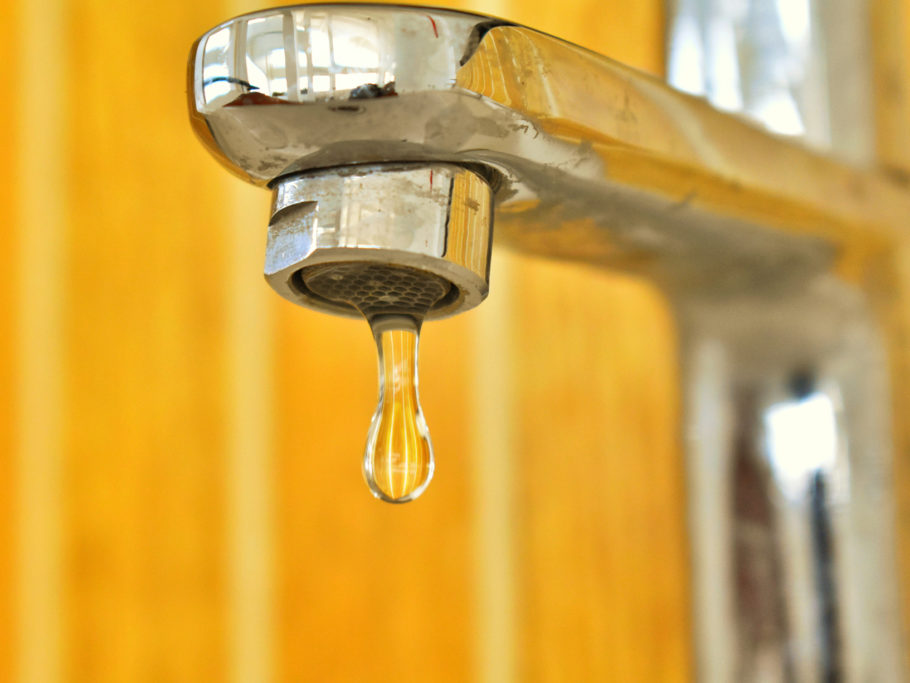
Weekly
Each week you’ll want to give your home a basic cleaning and a visual once-over. Dust, clean floors, and tidy up the bathrooms and kitchen each week. Pull weeds and stay ahead of needed lawn care as well.
During this basic weekly check-in, make note of anything that seems potentially problematic. Is there some leaking around the kitchen faucet? Go ahead and get that repaired. Is the caulk dried out and cracking around the bathroom sink, shower, or tub? That’s a quick repair that you can do yourself. Did you notice a dead branch on a tree outside? It may be time to get someone out to look at it while the problem is still isolated.
Monthly
Check your furnace filter and see if it needs to be replaced. If you have pets or if there are several people in your home, your filter may get dirty faster. At a minimum, it should be replaced every two or three months.
Check smoke detectors and fire extinguishers to ensure that they are functioning properly. Deep clean your garbage disposal, dishwasher, and washing machine. Get out the hose and rinse off outdoor spaces. This is also the time to check for outdoor damage, peeling paint, or necessary landscaping like hedge trimming or overgrowth.

Seasonally
Each quarter, replace batteries in smoke detectors and ensure they are functioning properly. Deep clean your home, clean the refrigerator coils, and clean the dryer lint outtake. Go into your attic and basement and check for water leaks or wind damage.
Each season comes with its own focus, so do the following:
- Spring: Clean gutters to prepare for those April showers. Pressure-wash hardscapes. Check window screens and frames as well as door frames, and repaint trim as needed. Walk the property on a rainy day looking for standing water or other drainage issues and repair or remediate. Have your AC serviced before you need it.
- Summer: Now that spring showers have ended, make repairs to decks and hardscapes as needed. Clean windows and check siding for needed repairs. Look for insect nests and have a pest inspection and treatment as needed. Clean out the garage and reorganize storage areas.
- Fall: Have the chimney cleaned and heating system inspected. Check hardscapes for cracks or damage. Flush outdoor faucets and irrigation systems, and turn off water in order to avoid cracked pipes and lines. Check insulation and replace as needed. Test the sump pump and repair as needed. Buy shovels, snow melt, and heated mats before you need them.
- Winter: Check for ice on surfaces and clear as needed. Check the attic and basement, especially during times of heavy snow. Go through the home, checking door locks, window locks, flooring, stairs, and other surfaces to determine if there are needed repairs. Check light fixtures, faucets, and appliances and determine if replacements or updates are needed.
Home maintenance doesn’t need to be a burden, and deferred maintenance never needs to become a problem. With a little organization and preparation, you can ensure that your home is always in tip-top condition.




